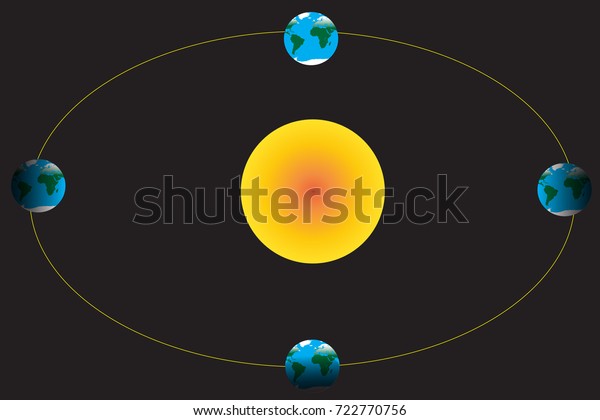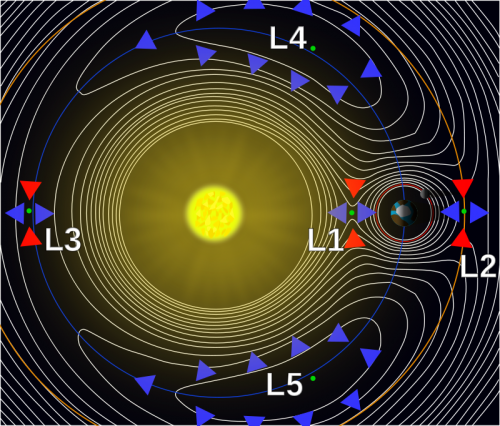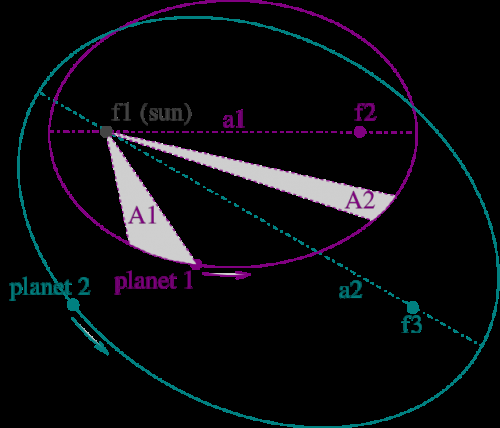

So leaving earths sphere of influence you would end up in in orbit next to earth. But now gravity will not lasch you down but will keep you in in orbit around sun. In reality you would not have drag, but gravity.

The main difference between your model and reality are physics in interplanetary space/"in the air": In your model two main forces will affect you: -drag, slowing you down and gravity, pulling you down. In both cases you see the train/Earth passing your position.

What happens when you are on the ground? That would be exactly as if (theoretically) standing on suns "surface". That is exactly what happens in interplanetary space. What happens when you jump out of a train? First you are "in the air", falling down.

In deed there is just a small adjustment you have to make: Your thoughts are not really naive, they are quite good for own ideas. My thoughts lead to another (possible very naive) question - with the Earth and everything around it moving so fast in its orbit is it possible to travel far enough away from the Earth or the Solar system - to step out of the train so to speak - such that one would observe the Earth speeding away on its 30kms/s orbit? In terms of my train analogy this means that the ISS for example is orbiting at 7km/s around the Earth and also orbiting at 30km/s with the Earth around the Sun and the ISS crew and spacecraft (similar to us on Earth) are not aware of the extra velocity? If I was to step out of the train whilst it was moving I would then certainly realize it's true velocity and it would speed off into the distance away from me. I am held in place inside the train by the physical boundaries of the coach I am in. a few km/h whilst I am in fact travelling at 100km/h+. If I go for a walk along the train my velocity is measured relative to other stationary objects in the train, i.e. In my naivety I imagined this to be similar to a train journey, the passengers inside the train are not aware of the trains speed. I came to the conclusion that the Earth's gravity holds spacecraft in place and everything in orbit around the Earth also orbits together with the Earth around the Sun, orbiting spacecraft are therefore not influenced by the 30km/s orbital speed of the Earth. Theoretically, the effect most certainly does exist, but it is so small that it can be ignored, even over the lifespan of the solar system.As I try to comprehend how spacecraft are able to stay in orbit around the Earth I began to think about why the Earth's own orbit around the Sun does not influence spacecraft in Earth's orbit. The Milky Way as a whole has essentially no effect whatsoever. A passing star will perturb planetary orbits over the course of the tens of millions of years or more. What about other perturbing effects, such as nearby stars and the Milky Way as a whole? These are immeasurably small. Jupiter, Saturn, and the other planets represent tiny perturbations on the nearly elliptical orbits of the planets about the Sun. The Sun is more than 1000 times more massive than Jupiter. Nonetheless, the orbits are still very close to elliptical. The orbits of the planets about the solar system are not quite elliptical because planets are attracted to one another as well as to the Sun. This empirical result was later strengthened by Newton, who derived that elliptical orbits (not circular orbits) are a natural consequence of a force that follows an inverse square law. Kepler cleaned this mess up by noting that the orbits of the planets are very close to elliptical rather than circular. So they modified these circular orbits by tacking on other circles. There were problems with this: It didn't match what those ancient scientists saw. Ancient scientists assumed circular orbits, but only because circles were somehow most pure. In the absence of other gravitational sources, a planet and a star move in elliptical orbits about the common center of mass. According to wikipedia and other sources, a planet and a star always move in a circular orbit around the common center of mass of the both bodies.


 0 kommentar(er)
0 kommentar(er)
